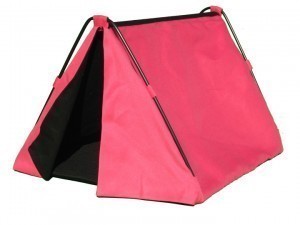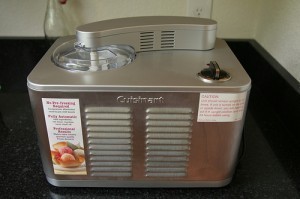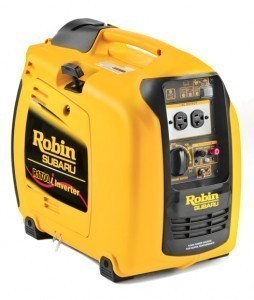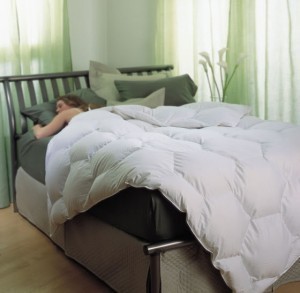Furnace Sizing
Furnace sizing is essential to avoid 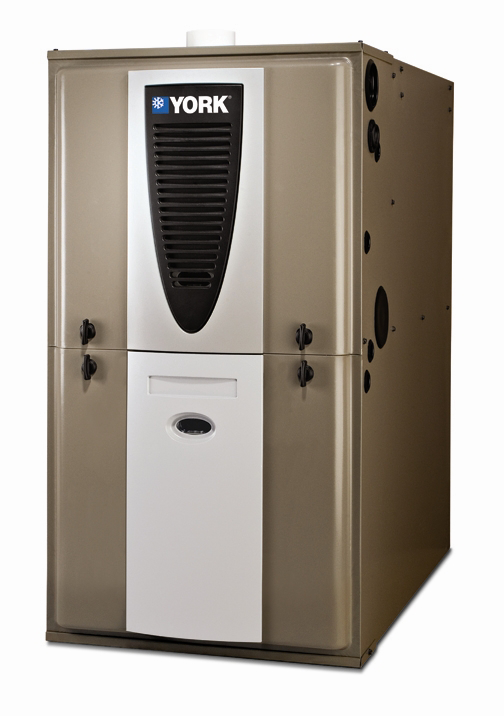 wasting energy. If the furnace is too big, both energy and money is wasted. If the furnace is too small, not enough heat will be generated for the house.
wasting energy. If the furnace is too big, both energy and money is wasted. If the furnace is too small, not enough heat will be generated for the house.
Influencing Factors
These include the total square footage, geographic location, insulation type and heat loss from windows. Other factors are the locations of wires and pipes. The design of your current furnace is another factor.
Assume you have a split level home with a couple of operating zones for heat management. If there are occupants in only one zone at a time, less BTU will be needed. BTU (British thermal unit) is how furnace sizing measurements are determined. If there are two or more controlling zones in the area, the dimensions of a furnace will be different.
Heat Loss Calculation
The easiest way to determine the furnace you need is to hire a company to evaluate the heat loss in your house. The heat loss, along with the other factors mentioned earlier, will determine what type of furnace you need.
If you want to calculate heat loss yourself, here is how it’s done. The calculation is based on utility bills and utilizes a three meter reading. When making heat loss calculations to determine furnace sizing, at least a couple of weeks of winter weather is required.
The goal of the calculation is to locate the relationship between the heating degree days (HDD) and the gas consumed. After this is attained, you have to figure the gas consumption for design temperature. HDD and design temperature records can be obtained from building officials.
Sample Calculation
The total gas consumption from December to March is 1,320 m3. The estimated consumption for other gas appliances is 306 m3. The gas consumption for heating used during this time is 1,320 – 306 = 1,014 m3. For this furnace sizing calculation, the heating degree days are 2,840 HDD.
The heating consumption against the degree days: 1,014 m3/ 2,840 HDD = 0.3570 m3/HDD. The heat consumption at 53 HDD/day (53 HDD/day/0.3570 m3/HDD) is 18.9 m3/day. If the gas energy is 37.5 MJ/m3 and the furnace has 72% efficiency, then the loss is 53 HDD/day = (18.9 m3/day) (37.5 MJ/m3)(0.72) = 510 MJ/day or 21.3 MJ/h.
Because 3.6 MJ/h is equal to 1 kW, 21.3 MJ/h is 5.9 kW. Using this calculation, the required furnace must have a BTU of 20,100 BTU/h. If a 40% over sizing is allowed, the furnace would have to be 28,100 BTU/h.
Hiring a Technician
Because the calculations can be complex, most people prefer to hire a company or technician to determine furnace sizing and heat loss. Make sure the technician is qualified to do this. The costs will vary, so getting price quotes will be essential.
Output and Input Capacity
The input capacity refers to the gas burning without considering heat loss by flue. The output capacity denotes the entire usable heat produced.
Furnace sizing is a complex issue, and precise calculations are needed. If you’re not sure how to do this, hire a professional.
